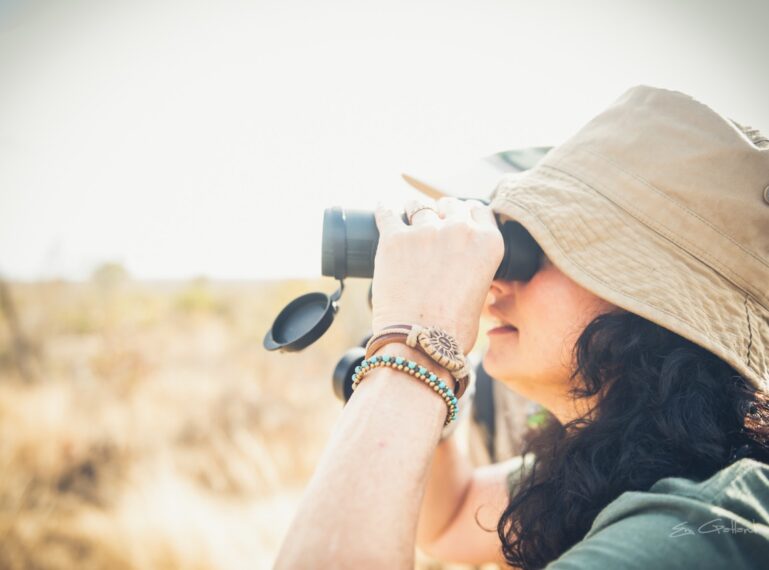
Home to over hundreds of bird species across diverse habitats, Southern Africa ranks among the world’s top birding destinations. From the iconic African fish-eagle and colourful lilac-breasted roller to rare endemics, bird watching opportunities abound all year round. Binoculars at the ready, let your inner bird nerd soar as we take a shallow dive into the fascinating world of birds in Southern Africa. Whether you’re a novice birder or experienced ornithologist, Southern Africa’s wide array of birds promise unforgettable wildlife encounters beyond the Big Five.
The distinctive cry of the African fish-eagle is one of the most iconic and beautiful sounds in the African bush. It’s the sound that tells you you have arrived back home into the Southern African wilderness. It awakens something primal within us, an ancient memory within our bones of being part of the wild landscapes around us.
Often found perched near lakes, rivers, or other waterbodies, this iconic bird catches fish in graceful, shallow plunges. Its’ white windows in the wings and pale, dark-tipped tail make it distinct to identify in flight.
Botswana has an impressive 615 bird species while the Greater Kruger has over 500
Needless to say, getting into birding provides endless wonder and delight. A glorious smattering of colour in the bushveld palette. Beyond the Big-5 and other mammals in the bushveld (or riding on the back of them), those with the keenest eyes will slowly be lured in by these fascinating creatures.
The dawn chorus of birds is the first sound you awaken to. They serve as a wake-up call to us but act as nature’s alarm in other respects. Birds are often the first warning signs of predators and snakes. So much so, the symbiotic relationship of the oxpecker and the buffalo began. Often seen riding on the backs of buffalo or other herbivore hosts, Oxpeckers feed off ticks and flies found on their host animal.
Red-billed Oxpecker
Alex, a passionate guide from Chacma Bush Camp shares a story on the Red-billed Oxpecker
“Nesting in tree holes that are lined with hair plucked from livestock and several hosts, like giraffes, buffalo, kudu, and impala.
These species’s relationship with rhinos gives the Swahili name Askari wa kifaru meaning “the rhinos guard”
An adult can take up to 100 blood-engorged female ticks, or more than 12,000 larvae in a day. However, their preferred food is blood, and while they may take ticks bloated with blood, they also feed on it directly, pecking at the mammals wounds to keep them open.
These magnificent creatures have shown to warn nearsighted rhino of danger.”
The red-billed oxpecker is a small, distinctive bird native to sub-Saharan Africa. As its name suggests, it’s easily recognised by its bright red bill, yellow eyes, and brownish plumage.
Lilac-breasted roller
Another firm birding favourite, the colourful lilac-breasted roller is found across Southern and Eastern Africa. With a lilac breast, rusty cheeks, and spring-green crown, the lilac-breasted roller is not a dimorphic species, meaning both males and females are equally stunning.
A gorgeous sight when in flight, the lilac-breasted roller gets its name from the acrobatic side-to-side rolling it performs while soaring through the azure African sky. All rollers appear to be monogamous, mating for life and fiercely defending their chosen territories with dramatic aerial displays.
Known to be fearless, lilac-breasted rollers regard humans with a confident curiosity and a boldness that shines through in their hunting techniques. They swoop down on unsuspecting prey with precision. If their catch is too substantial to be gulped down whole, they’ll ingeniously discombobulate it with their wings until it’s manageable enough to enjoy at their own leisure.
While the Lilac-breasted Rollers flaunt a dazzling eight different colours, European Rollers are a more uniform blue with just a touch of brown on their wings. European Rollers are summer visitors to South Africa (journeying all the way from Europe & Asia), the Lilac-breasted variety graces the Lowveld with its presence year-round as a permanent resident of these wild spaces.
Crested Barbets
These barbets don’t take to the skies easily and if they do, it is only for short periods of flight. They are often seen bouncing on the ground looking for food with a call that can trill on for long periods of time.
As much fun as it is identifying the vibrant bird sightings in the bush, it can be equally enjoyable learning to identify their unique calls. Here’s a fun little bird call quiz to do.
Yellow-billed Hornbill
Distinct with its down-curved bright yellow, banana-like bill, the yellow-billed hornbill is an iconic African bird species. Found widely throughout the Kruger, this charismatic bird, made famous by Zazu in the Lion King, captivates visitors with its social and playful behaviour. It is often spotted foraging energetically on the ground, using their strong beaks to extract insects from the ground.
The Bateleur eagle
This quirky looking bird is the Bateleur eagle. With its vibrant red face, striking red legs, rich chestnut back, intensely black body and silver wings above with white below, the Bateleur eagle is one of the most colourful eagles in the world. Its short tail and narrow wings, relative to its body size, provide cues allowing birdwatchers to spot this magnificent raptor relatively quickly. Another telltale sign for eagle-eyed observers is its distinctive flight pattern. They soar in a unique way, often rocking their wings dramatically from side to side, as if balancing on an invisible tightrope in the African sky.
The Bateleur is transparent with its emotions. The skin on this raptor’s face and legs will visibly change color, deepening in hue the more excited it gets. When agitated, these expressive birds also raise their crest and puff their chest feathers to create an afro-like dramatic display of temperament.
With over 500 bird species in the Kruger and 600 in Botswana, birding is quite literally a competitive sport. There are endless sightings to be made from the comfort of camp let alone out wandering through the wilderness on a walking safari.
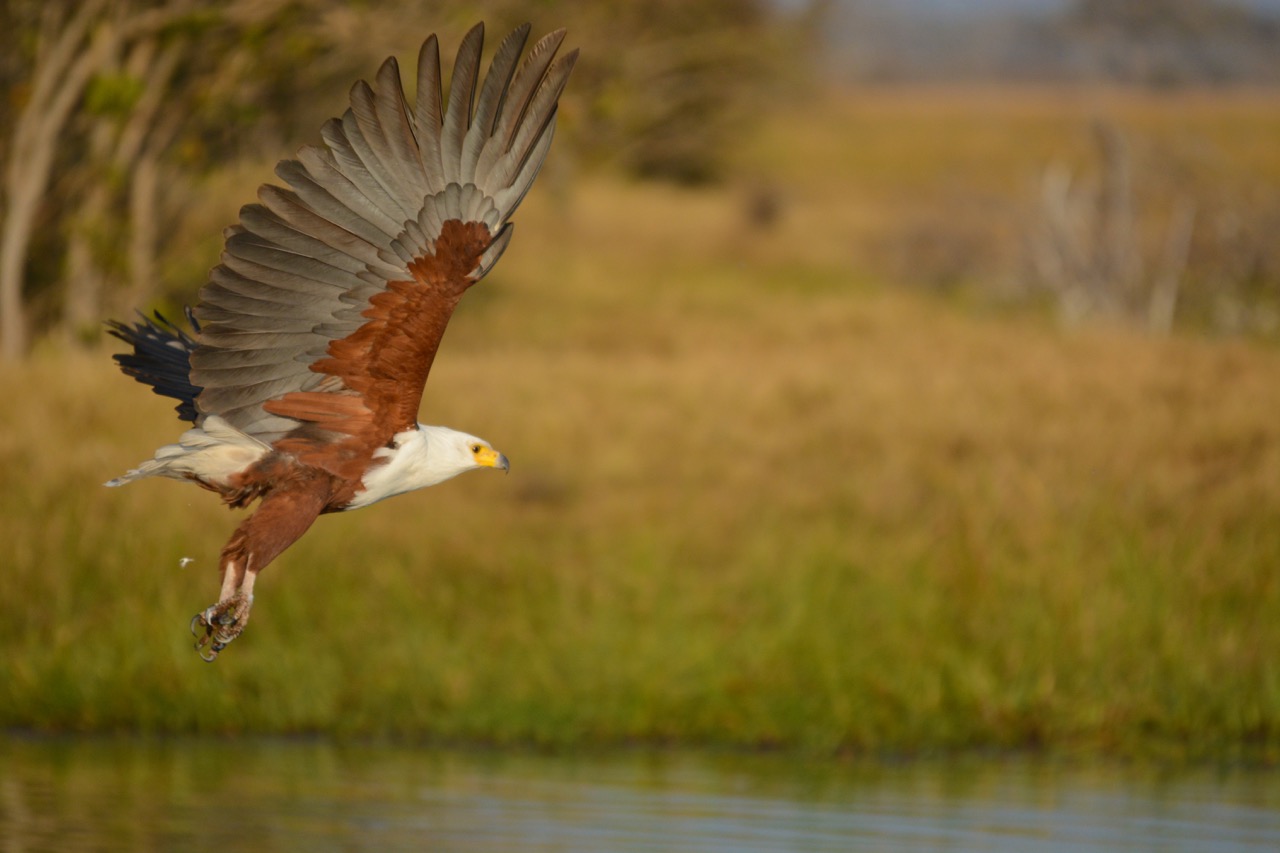
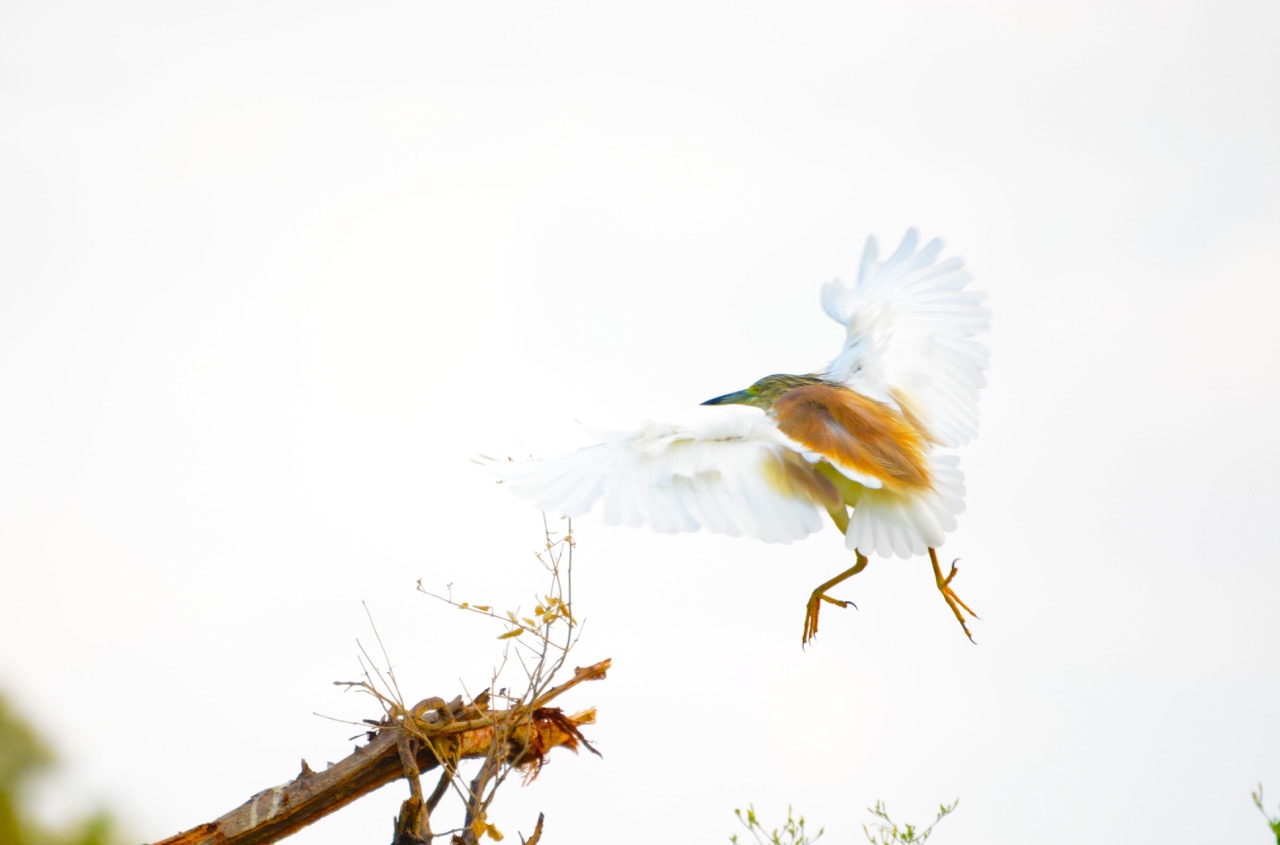
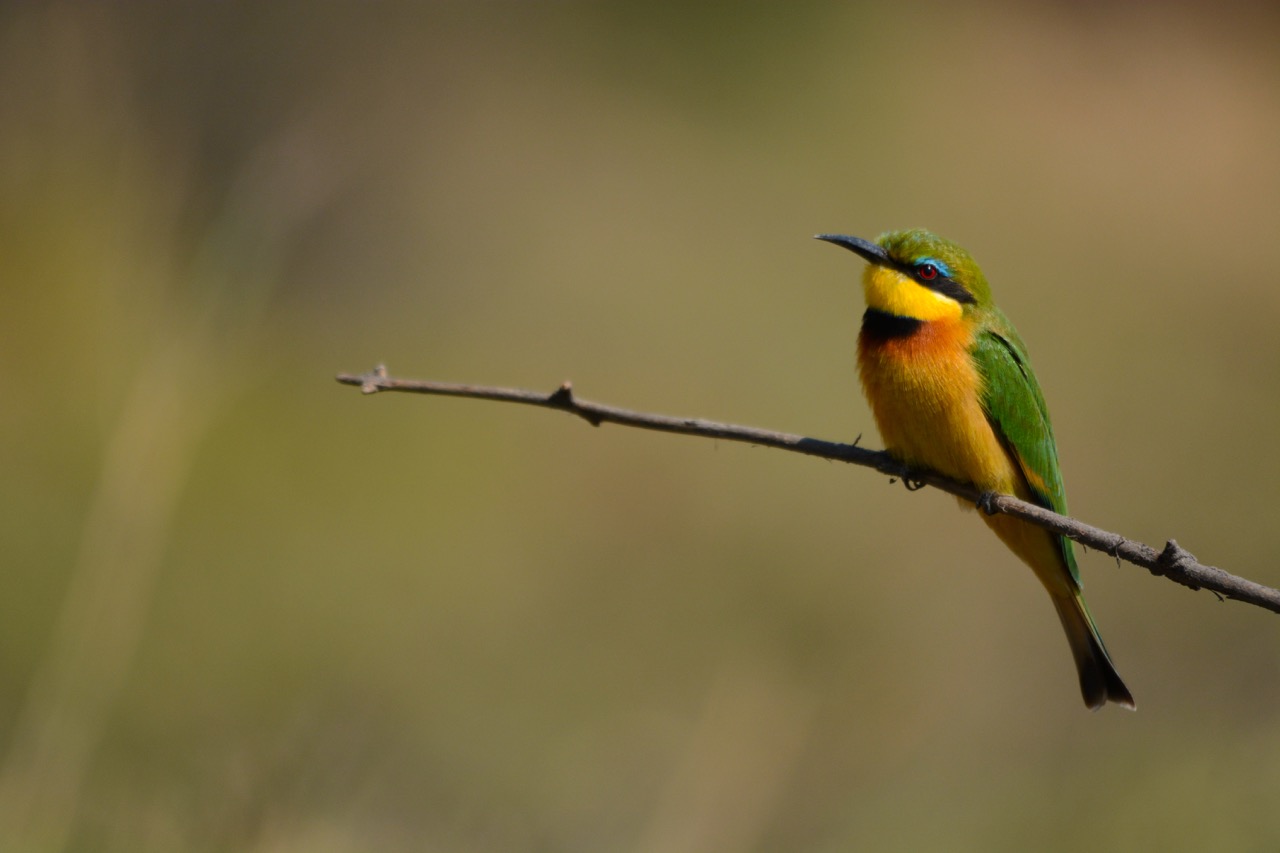
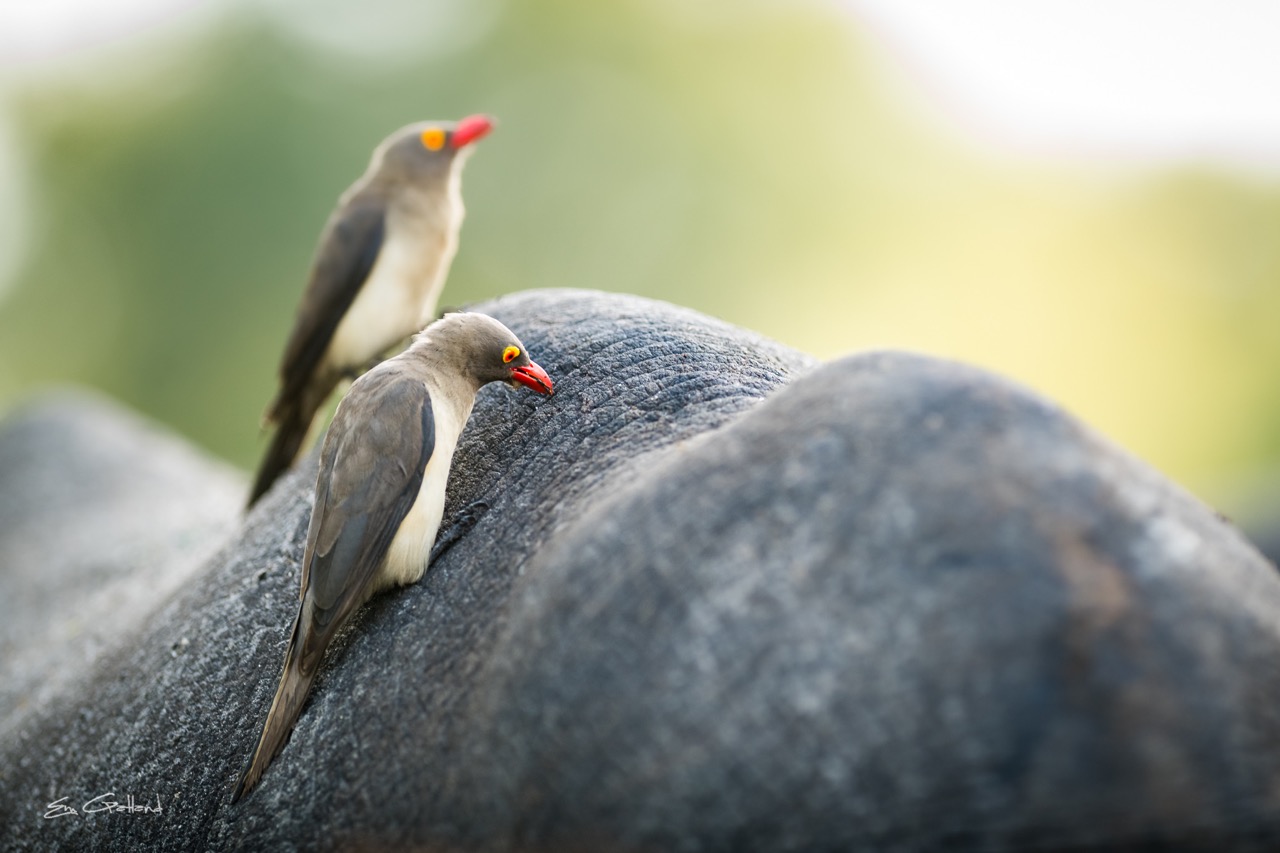
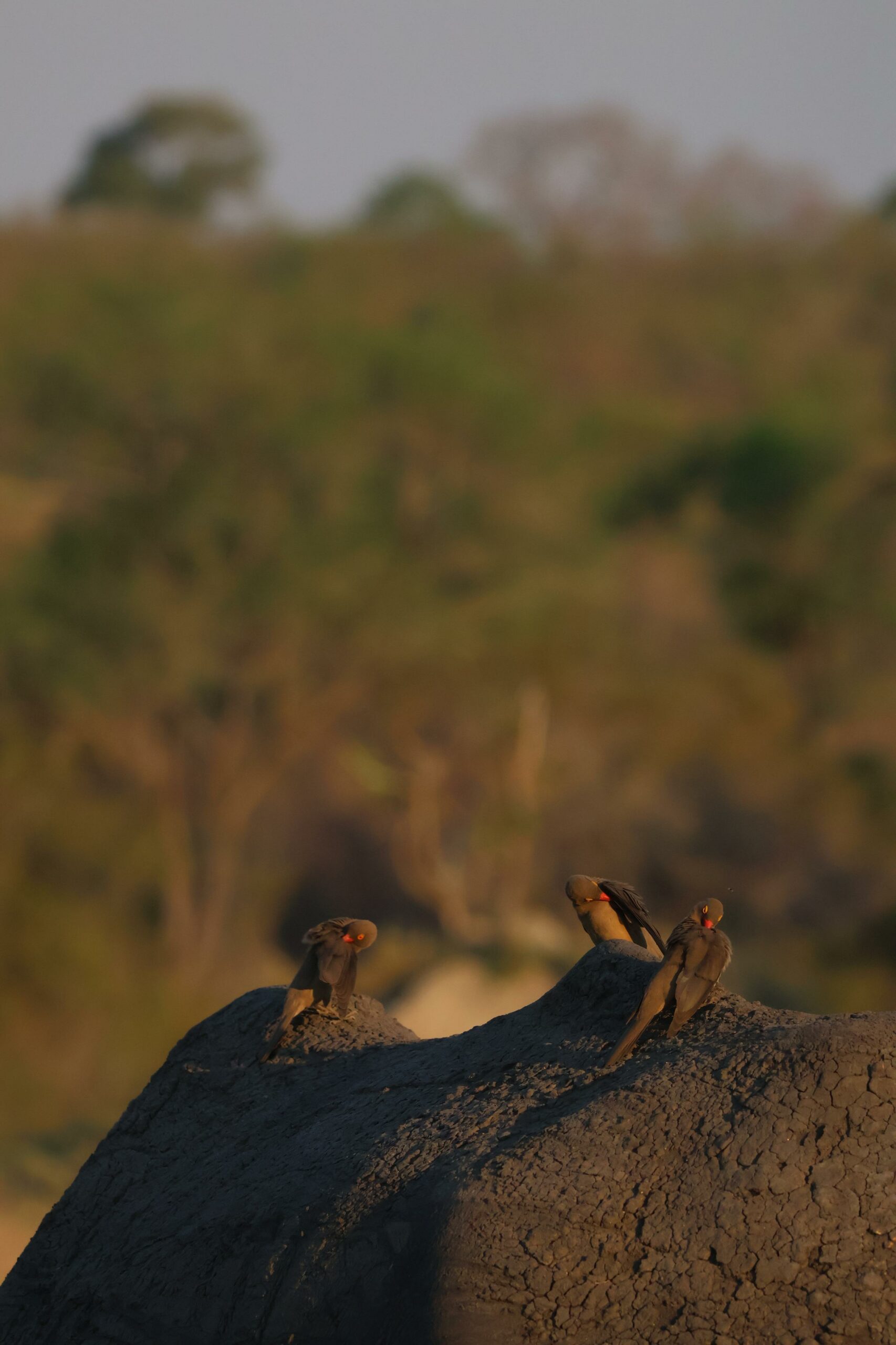
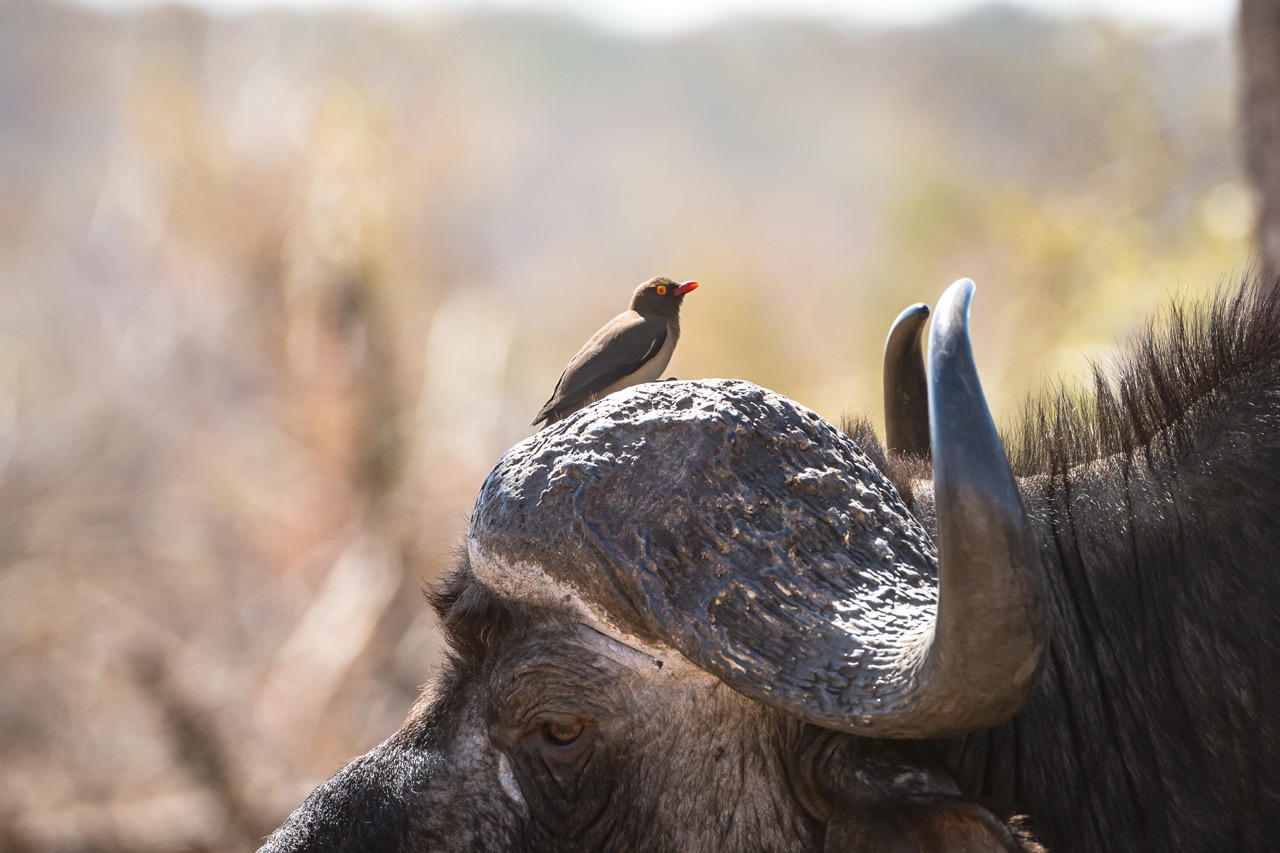
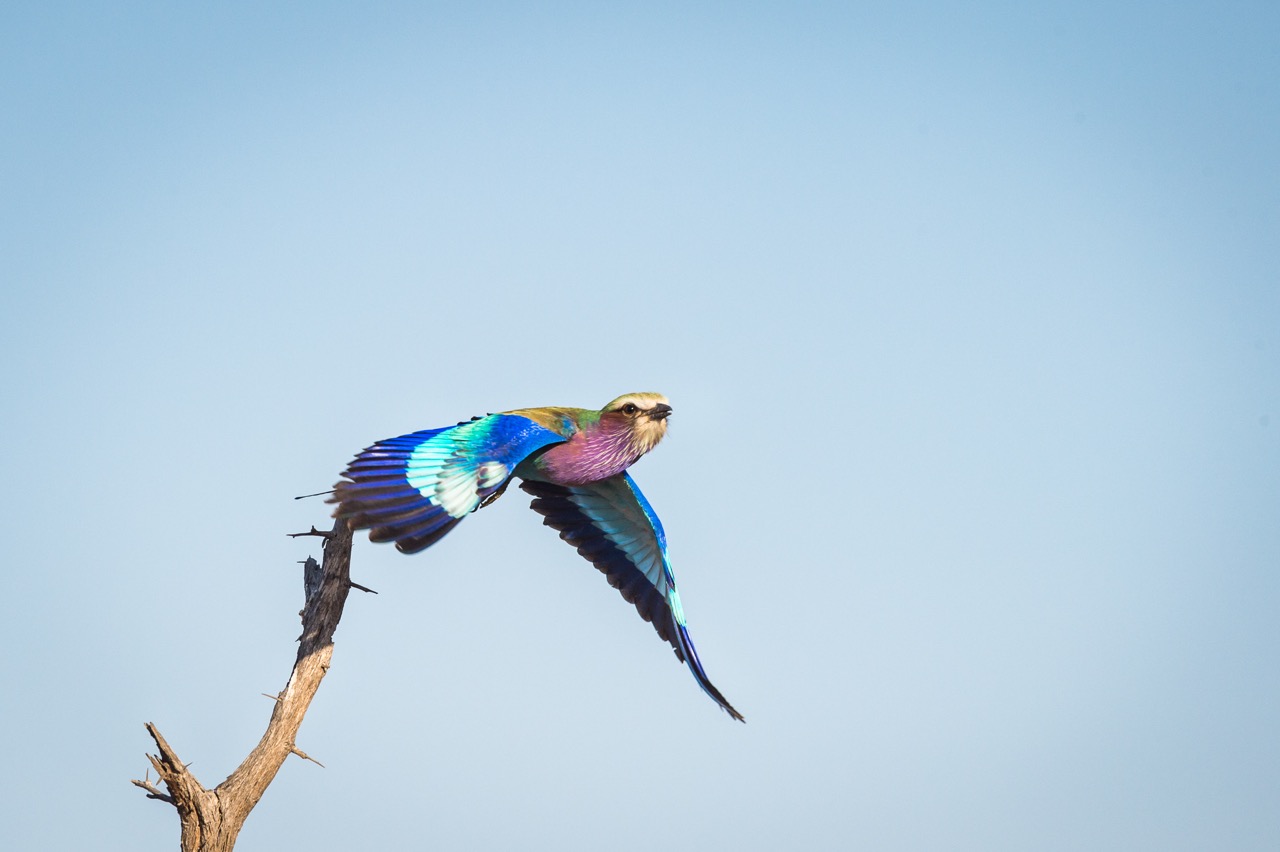
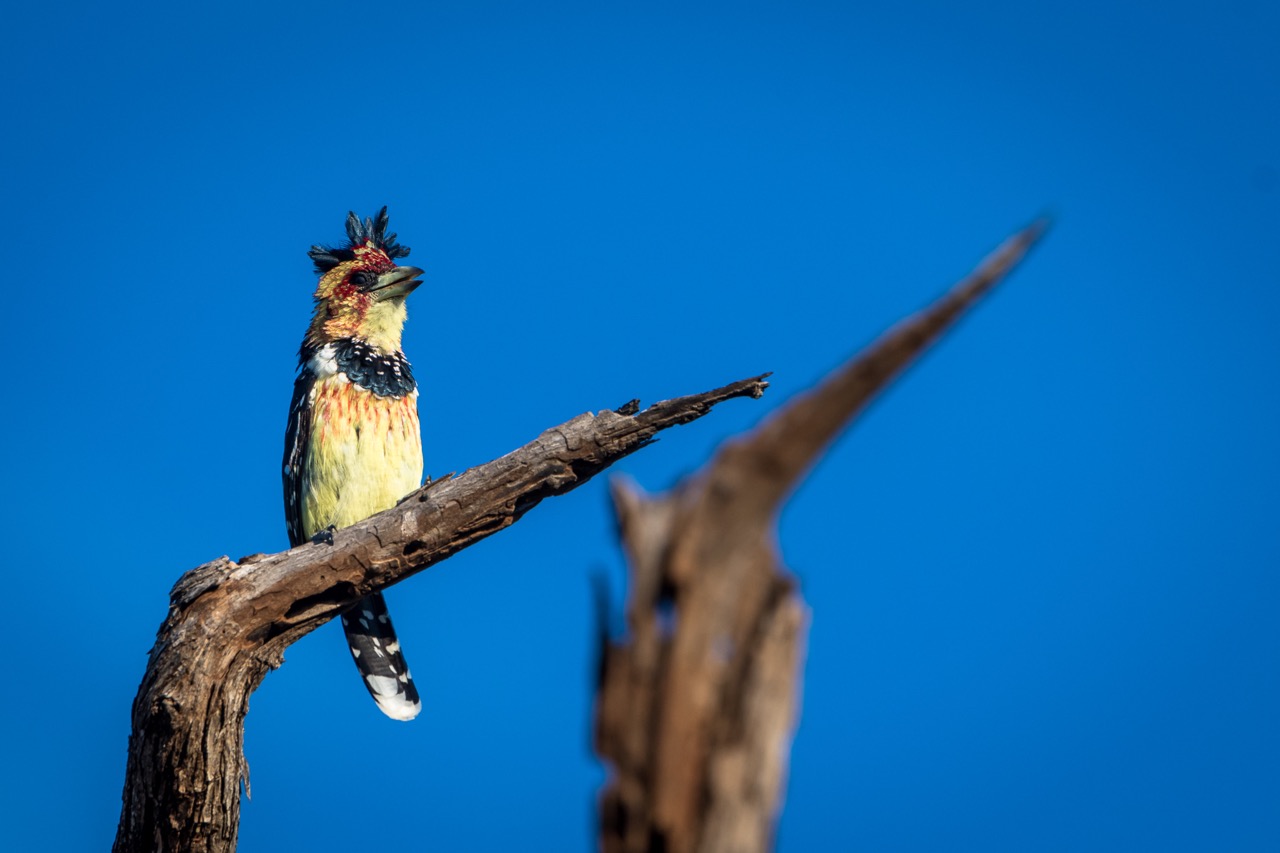
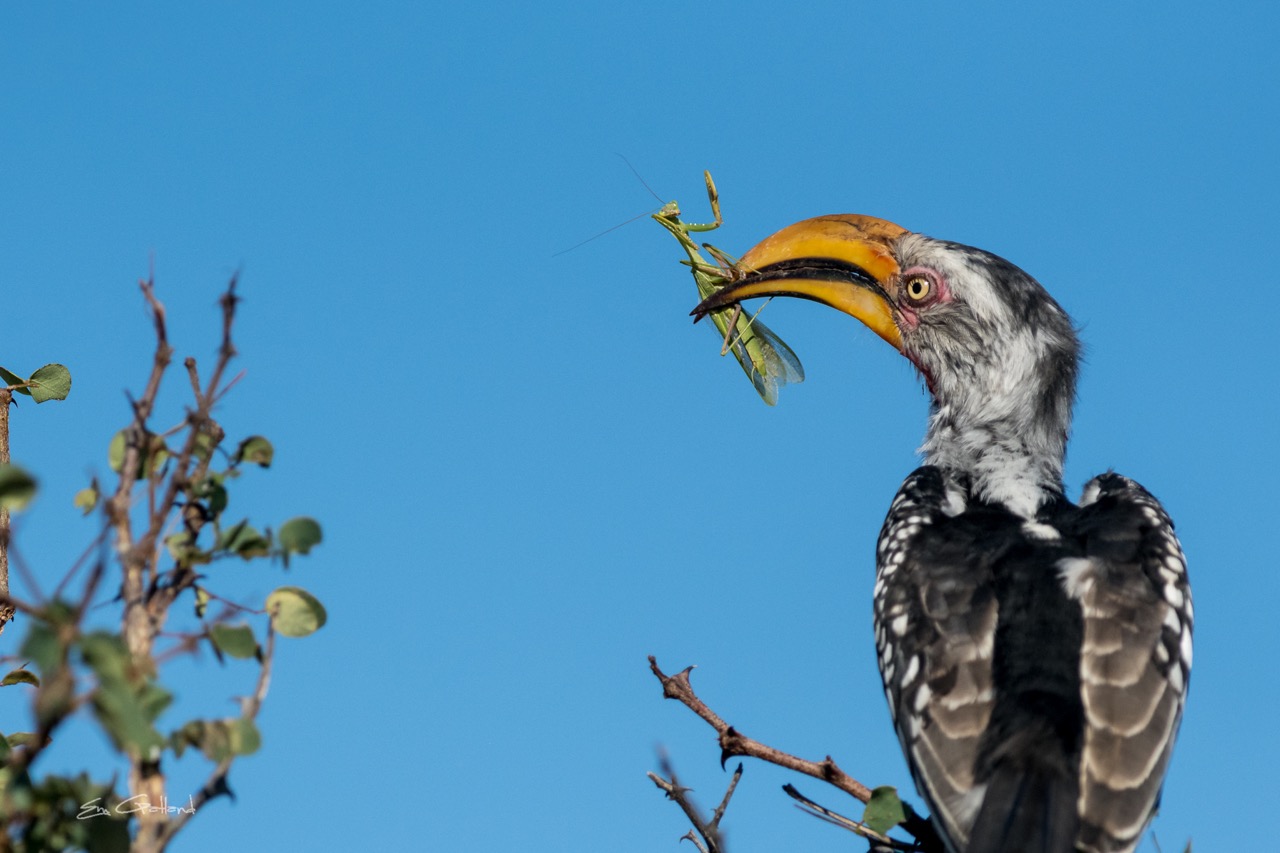
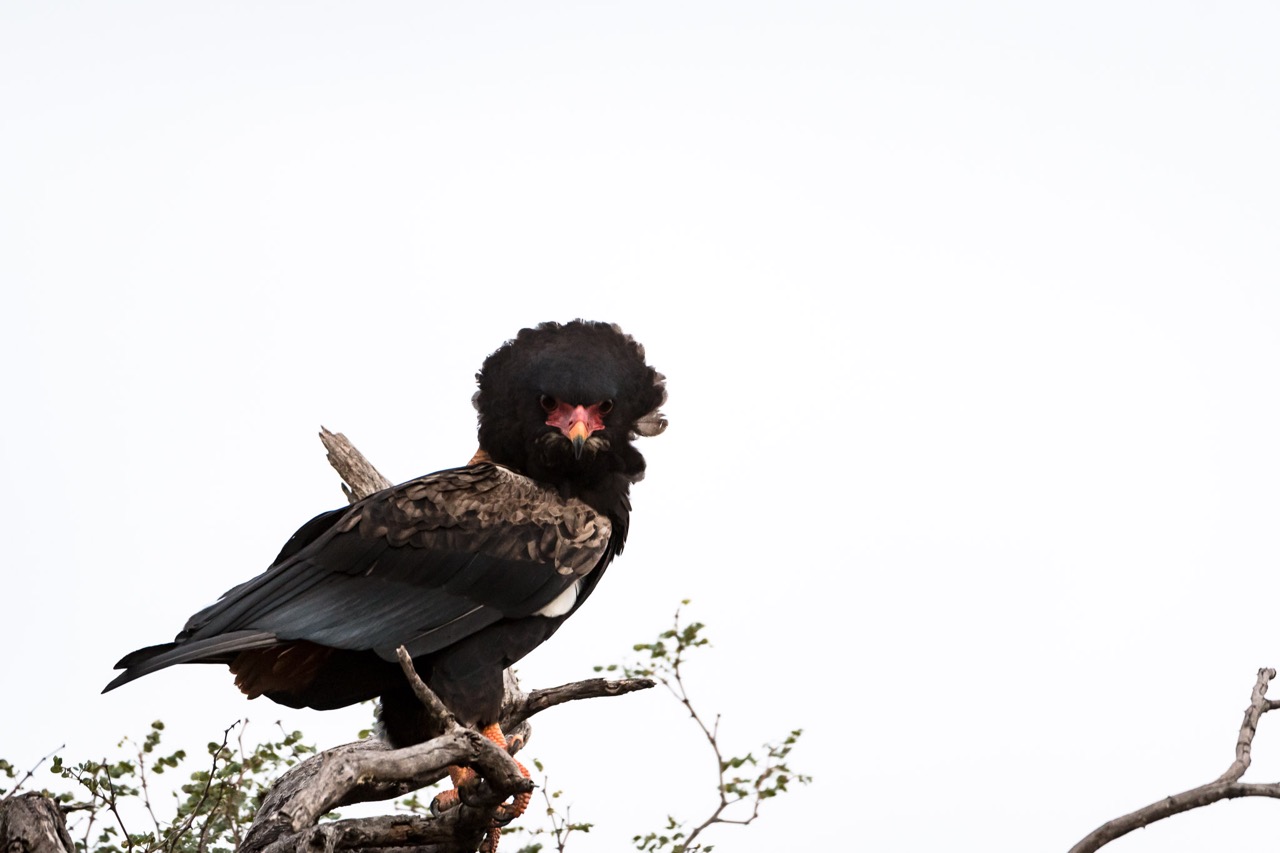
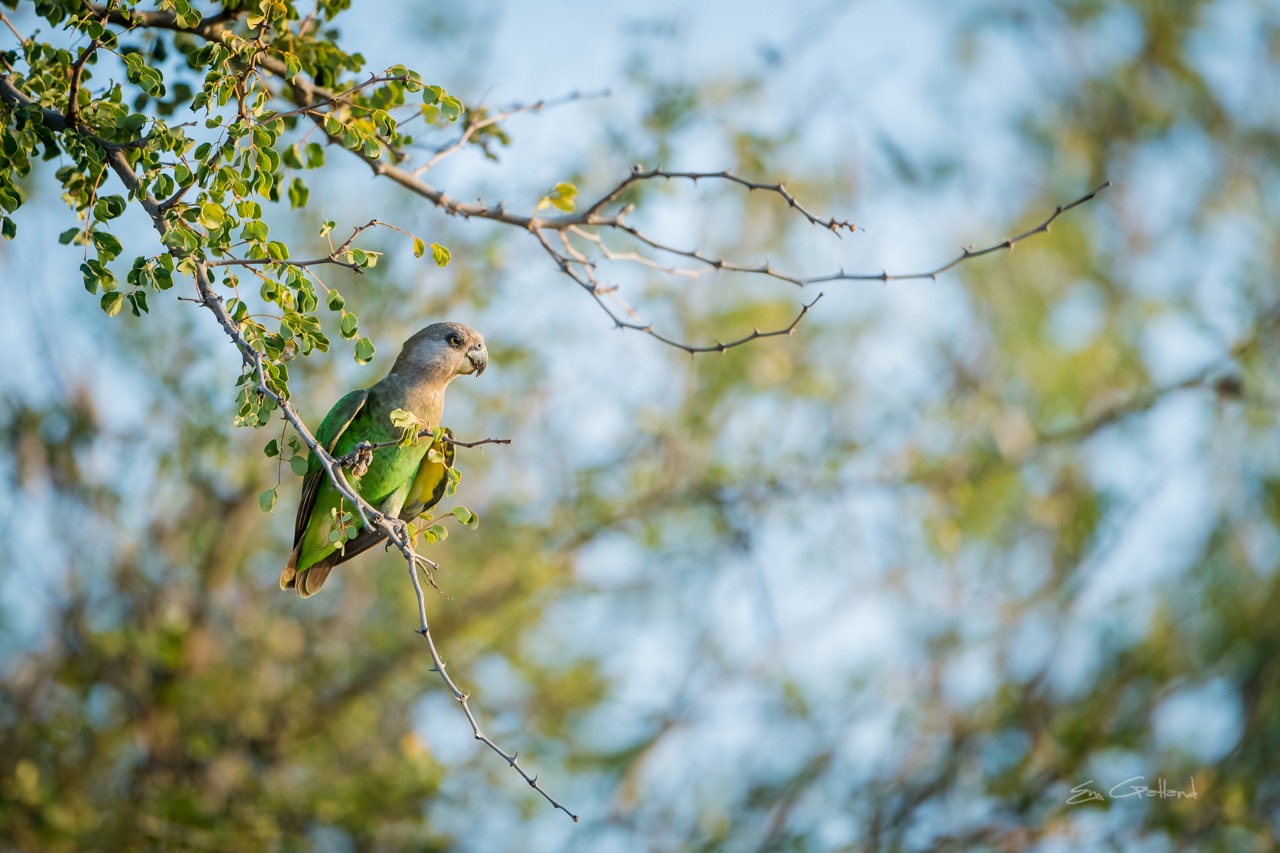
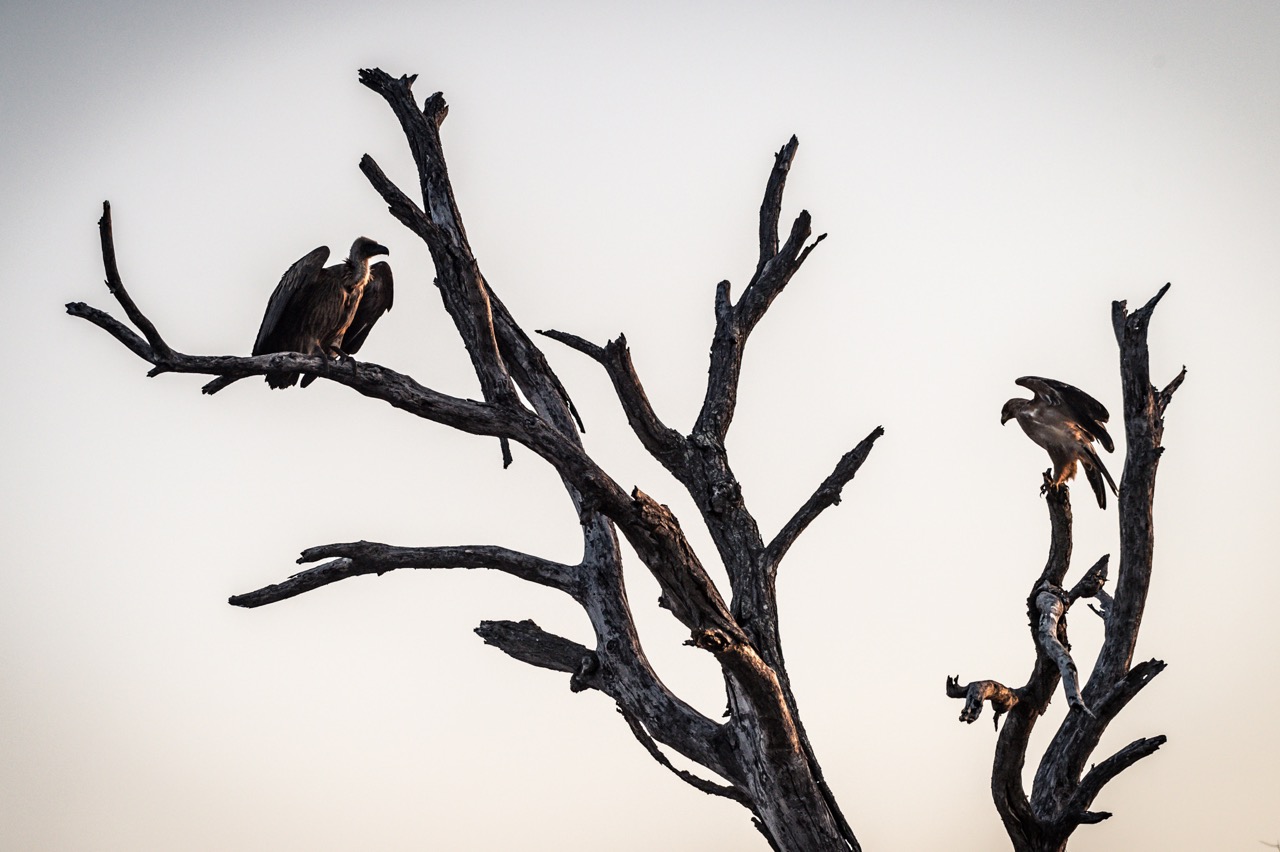
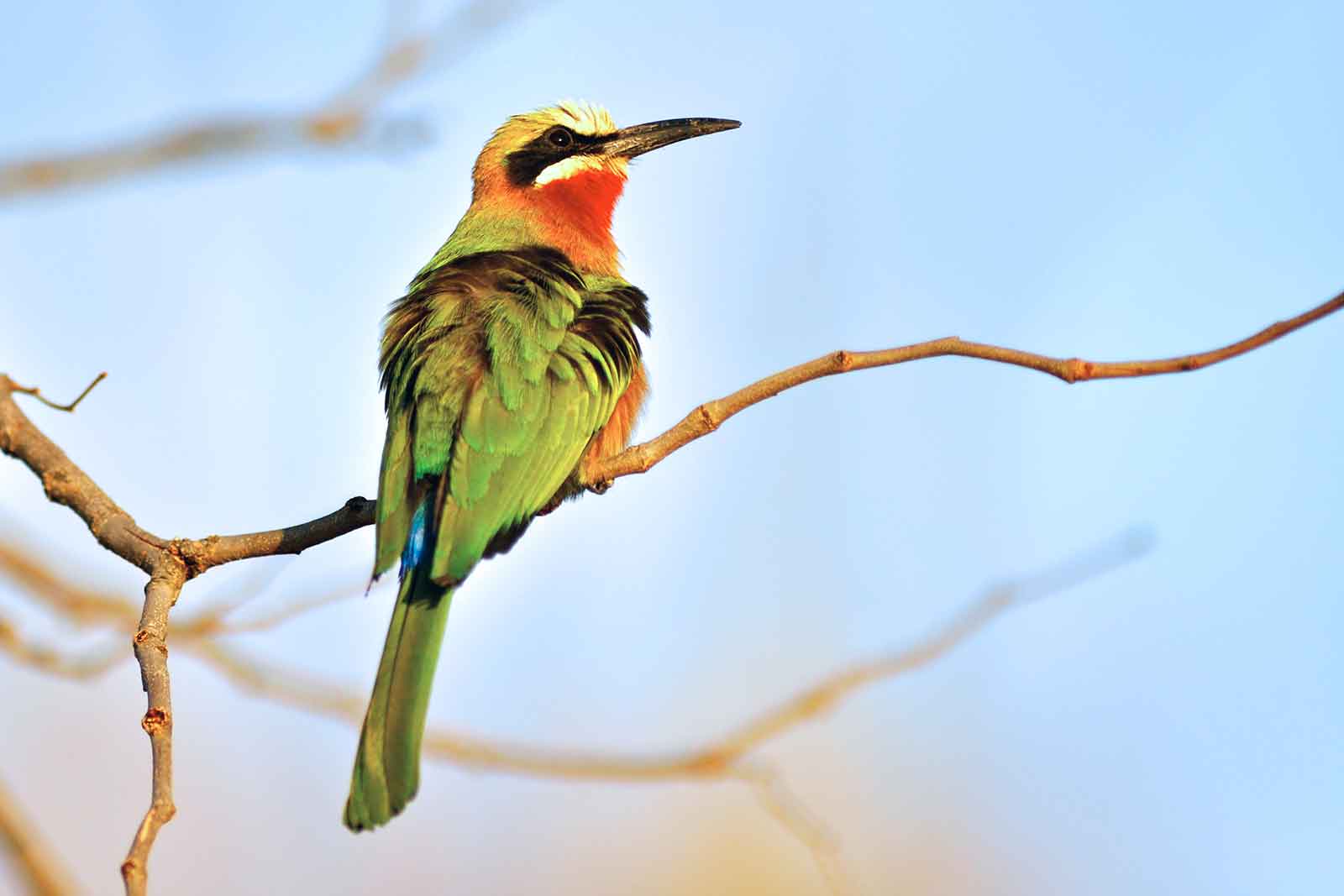
Leave a Comment